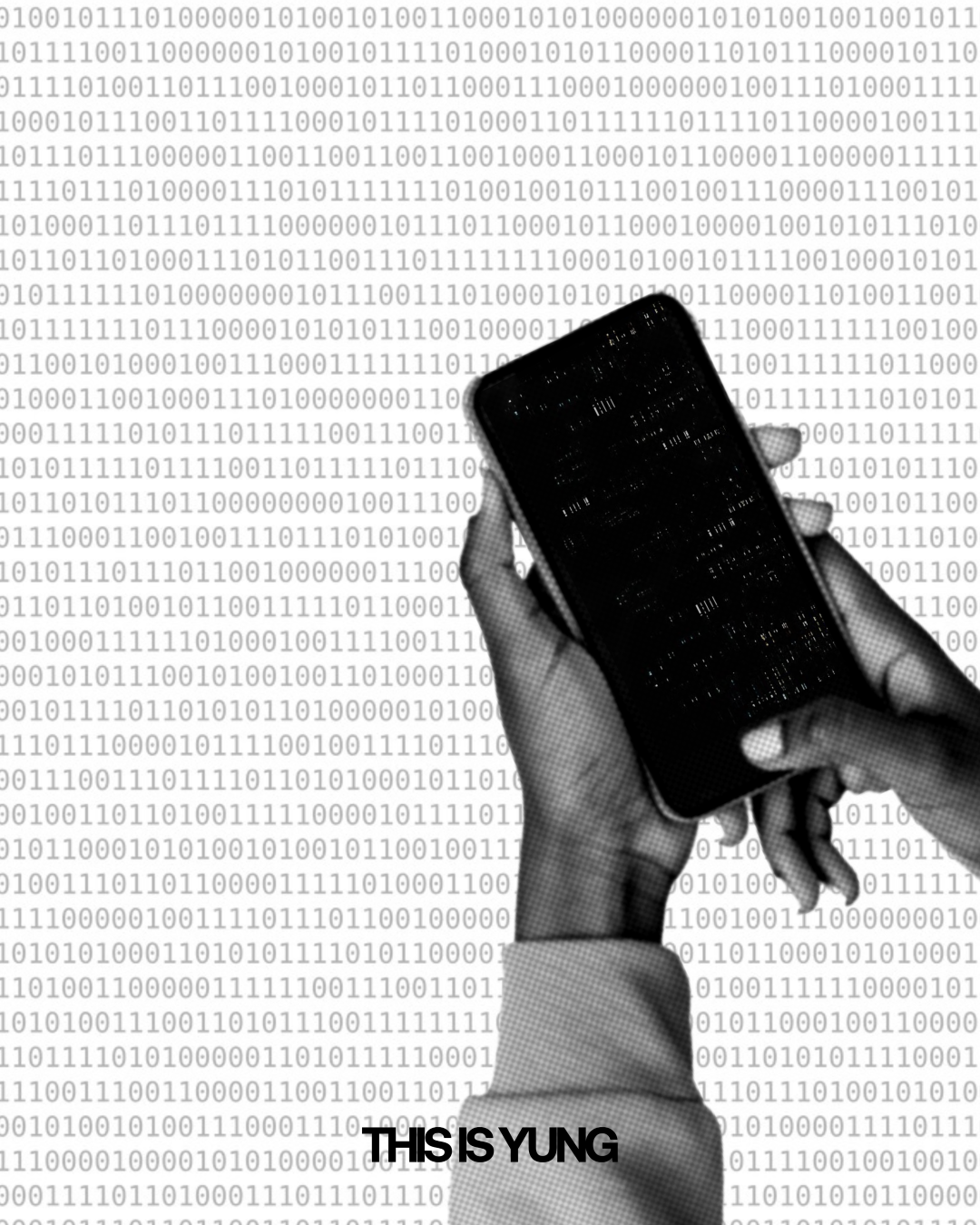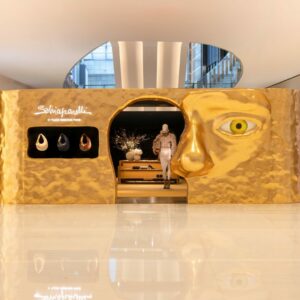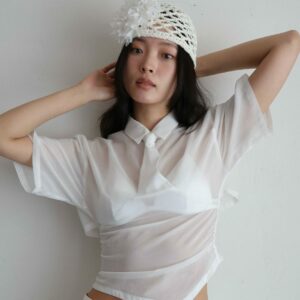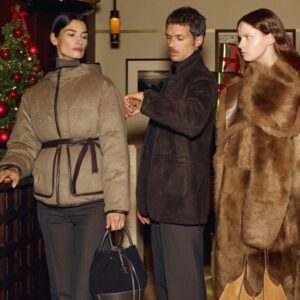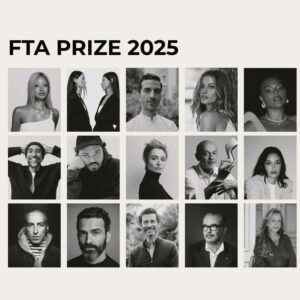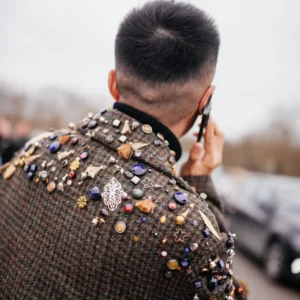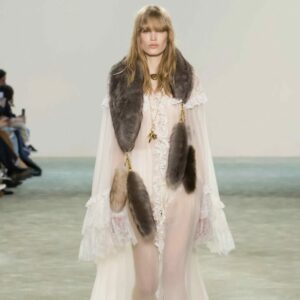Once upon a time, “cool” was unspoken — an aura, a gesture, a sense of something you couldn’t quite place but instantly recognized. It lived in dive bars, underground clubs, and zines passed hand-to-hand. It resisted definition, which only made it more powerful. Cool wasn’t trying — it just was.
Now? Cool is a spreadsheet.
The new cool is optimized, A/B tested, and engineered for maximum engagement. The moment something feels fresh, it’s already trending, already shoppable, already stale. We don’t stumble upon style anymore — we scroll through it. Cool has become something you measure, not something you feel.
In this data-saturated moment, what’s driving taste isn’t instinct or edge, but algorithms. Our feeds are fine-tuned to reflect and reinforce the things most likely to keep us watching, sharing, and buying. That blurry, unfiltered photo? It took 45 minutes to stage and hit three key engagement benchmarks. That seemingly spontaneous dance trend? Backed by a marketing budget. The raw and real has become another aesthetic — another strategy.
We’ve entered a cultural moment where everything is content and content is currency. And as with any currency, value is dictated by performance. Subcultures don’t bubble up anymore — they’re surfaced by predictive analytics. Microtrends don’t evolve over seasons — they turn over in weeks, sometimes days. Taste is no longer about taking risks; it’s about reading the data and responding fast.
Fashion, naturally, has adapted. Design studios watch TikTok and Reddit threads as closely as runway shows. Collections are streamlined to chase momentum. A look becomes a trend becomes a cliché, all before it ever hits the sales floor. Even the eccentric and avant-garde — those last bastions of fashion’s wild edge — now arrive pre-digested via Pinterest moodboards and AI styling tools.
This isn’t necessarily a crisis. You could argue it’s a kind of democratization: trendsetting no longer belongs to a rarefied few but is distributed across millions of screens. Anyone, anywhere, can spark the next big thing. And there’s real power in that. Still, the question remains: if everything is curated for consumption, is anything still cool?
Somewhere along the line, the meaning of cool shifted. It used to be about detachment, originality, an effortless refusal to follow the crowd. Now, it’s about precision, intention — about winning the attention economy. What used to be elusive is now everywhere. And maybe that’s the problem.
Because the truth is, cool doesn’t announce itself. It doesn’t ask for approval, let alone retweets. It moves quietly. It’s messy. It takes time. And it doesn’t care what the algorithm thinks.
So maybe real cool hasn’t disappeared. Maybe it’s just harder to see — drowned out by the noise of metrics and monetization. Maybe it’s waiting for us to look away from the screen.
And when we do, we’ll know it when we see it.
For more stories of fashion, regional and international, visit our dedicated archives and pass by our Instagram.
